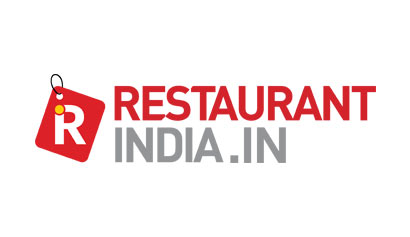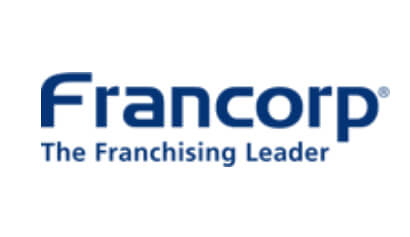To get access to over 10000+ Franchise Business Opportunities.
Network with the growing Business Community to get expert interventions to let you learn to Grow & Expand your Business with Franchising.
How can any business be optimized? What is the best way to maximize returns on investments? Is there a perfect business model that can be adapted?

At a time when almost everything is convenience-driven, the food business is not too far away from it. Today, almost all the top performing malls dedicate more than 75% of their space to food courts and in such a way that they provide a wide range of variety of customers in the most exuberant way. Eating out, after all, is akin to celebration. There is, in fact, a lot of innovation happening with cuisine and with consumers willing to experiment with different tastes, the food business has grown in leaps and bounds, incorporating an amazing portfolio of ingredients and flavours.
In that sense, the food business too has adopted a brand strategy just like other branches of retail. As Hemang Bhatt of HAS Juice Bars in Mumbai puts it, “We currently have 15 outlets across various malls in Mumbai. The plus point is that we have is built up a good recall value and that is why we have customers who visit us regularly. Now we are going to introduce our juice in packets that customers can carry with convenience while travelling. It would also have a longer shelf life in the sense that it will be available as dry powder and all that you have do is add water. There will be no loss of nutrients or taste.”
The Success Mantra
Though there is no thumb rule whether a restaurant can operate like a retail business, it does have to start with a good concept that has to be scalable. This includes drawing up the right menu, the flavours, the pricing, and the position and portion size – all of which together will make for a winning combination. “In a scalable model, you should be able to get decent returns on your investment within three to four years,” points out Unnat Varma, Managing Director, Pizza Hut India Subcontinent.
It’s an idea that has worked well for Shikha Nath, Brand Head, Copper Chimney and Bombay Brasserie, who has expanded her business to go global. “We made a study of the demographics and various other factors that drive a business like ours in international markets. Once that was done, we put the systems and processes in place,” she says, who believes that the younger generation entering the food business are much more organised and have helped create a new identity for the Indian cuisine across the world.
Meanwhile, the food business is also driven by the new trend of brand tie-ups and partnerships. “Unlike the earlier days when anyone with some knowledge, experience and skills about food would set up a restaurant and then hope that it would attract customers, nowadays a lot of thinking and planning goes into this sector. You need to identify your target audience, define the market need, work out the scalability and be clear about the return on investment and how it is going to be achieved. And all this is related to a timeline so that you work towards achieving your targets within a specific time limit,” says Gautam Chaudhry, Director, Demiurgic Hospitality.


Business Opportunities
Browse By Investment Range
Browse By States
Popular Cities















